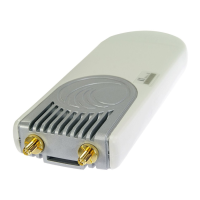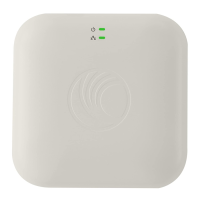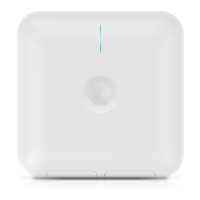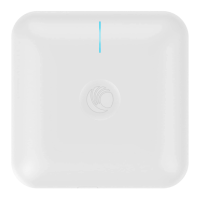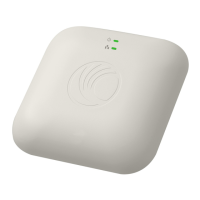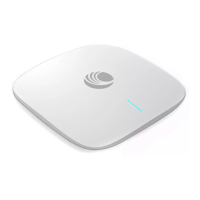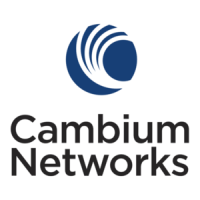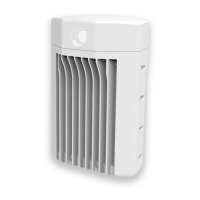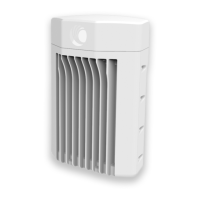CHAPTER 4: USING THE DEVICE
MANAGEMENT INTERFACE
PAGE 4-46
If the other end of the Ethernet connection supports auto-negotiation, then
Auto-Negotiate should be selected.
If the other end of the Ethernet connection does not support auto-negotiation,
then Manual should be selected and both ends of the link should manually set
the port speed and port duplex mode.
With Port Setting configured to Manual, the Gigabit Ethernet port speed can
be forced to 1000 Mbps, 100 Mbps or 10 Mbps.
With Port Setting configured to Manual, the Gigabit Ethernet port duplex
mode can be forced to Full or Half.
Port Forwarding (Subscriber Module Mode) (NAT Mode)
UPnP IGD
(Subscriber Module
Mode)
(NAT Mode)
Universal Plug and Play (UPnP) is a set of networking protocols that permits
networked devices, such as personal computers, printers, Internet gateways,
Wi-Fi access points and mobile devices to seamlessly discover each other's
presence on the network and establish functional network services for data
sharing, communications, and entertainment. UPnP is intended primarily for
residential networks without enterprise-class devices. With UPnP IGD and PCP
protocols ePMP will support explicit dynamic port mappings.
Enable UPnP IGD (Internet Gateway Device) to allow the ePMP device to use
IGD profile for UPnP support.
NAT PMP (PCP)
(Subscriber Module
Mode)
(NAT Mode)
The PCP (Port Control Protocol) allows an IPv6 or IPv4 host to control how
incoming IPv6 or IPv4 packets are translated and forwarded by a Network
Address Translator (NAT) or simple firewall, and also allows a host to optimize
its outgoing NAT keepalive messages. PCP was standardized as a successor to
the NAT Port Mapping Protocol (NAT-PMP), with which it shares similar
protocol concepts and packet formats.
Enable this parameter to allow the ePMP device to use PCP protocol for UPnP
support.
Data Port Forwarding
(Subscriber Module
Mode)
(NAT Mode)
The Data Port Forwarding Table is used to define which range of wireless ports
that are forwarded to a LAN (SM local network) IP address below the SM.
Protocol
(Subscriber Module
Mode)
(NAT Mode)
UDP: Packet forwarding decisions are based on UDP packets.
TCP: Packet forwarding decisions are based on TCP packets.
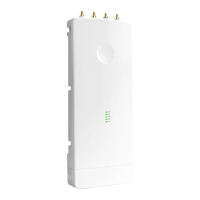
